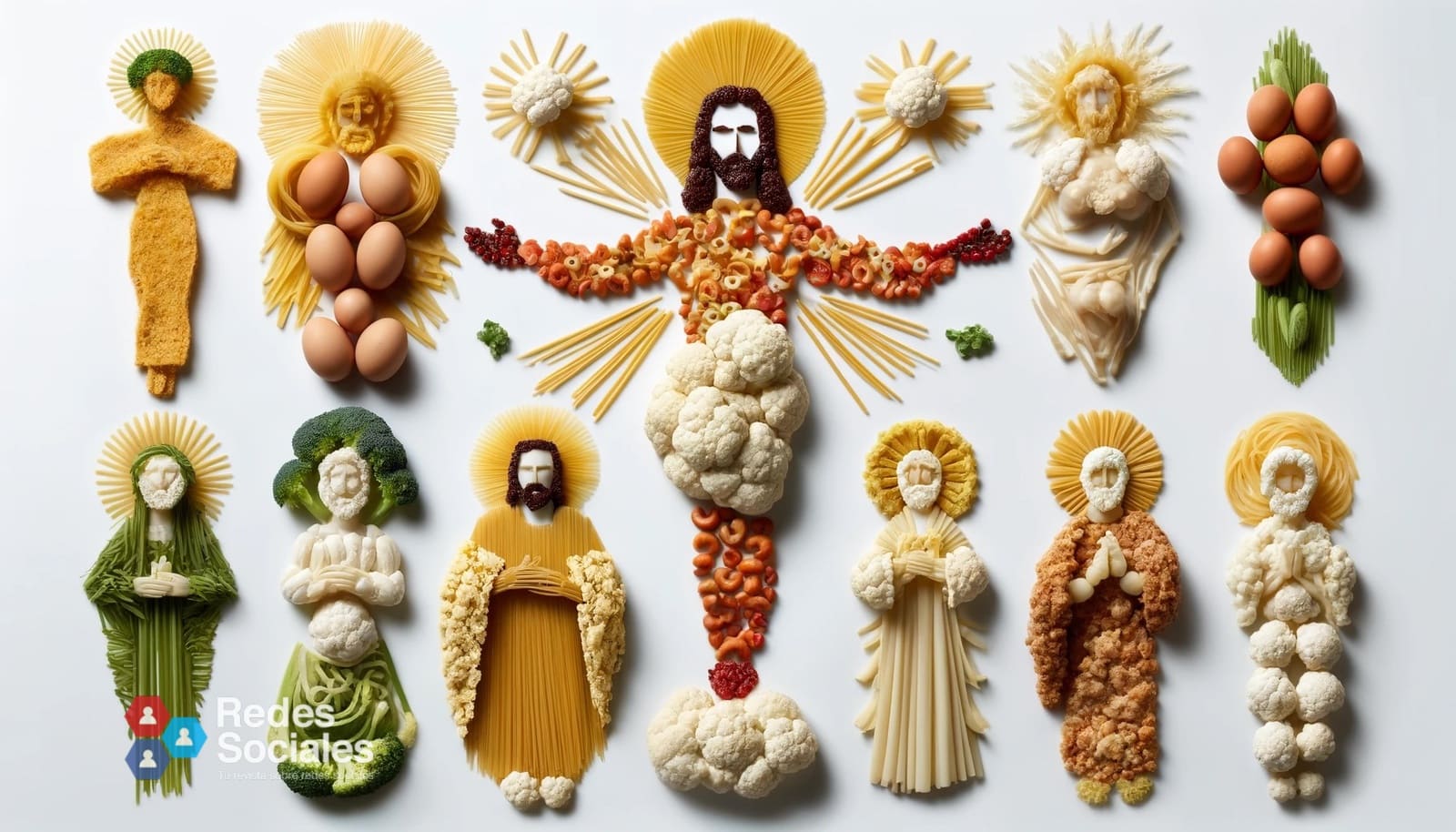Introduction
In the vast expanse of social media, where attention is the currency and content reigns supreme, a peculiar trend has emerged: the proliferation of AI-generated images, often bizarre and captivating, infiltrating feeds and captivating audiences. From surreal depictions of Jesus Christ to whimsical scenes crafted by algorithms, these images have sparked debates about authenticity, deception, and the blurred lines between art and artificiality. This article delves into the phenomenon, examining its implications, the tactics employed by creators and scammers alike, and the challenges it poses for platforms like Facebook and Instagram.
The Landscape of AI-Generated Images
In the digital realm, where creativity meets technology, AI-generated images have become a prominent feature of social media landscapes. Renée DiResta, a researcher at Stanford University, notes the allure of these images, ranging from the beautiful to the sensational to the downright bizarre. These images, often accompanied by captions laden with emotion and sentiment, captivate audiences and stimulate engagement. However, behind the facade of creativity lies a complex web of manipulation, exploitation, and deception.
The Deceptive Tactics
The proliferation of AI-generated images on platforms like Facebook is not merely a byproduct of artistic experimentation; it is a calculated strategy employed by creators, spammers, and scammers to expand their audience and exploit unsuspecting users. DiResta and her co-author, Josh A. Goldstein, shed light on the deceptive tactics employed by these actors, from the creation of fake personas to the dissemination of fraudulent content. By leveraging the power of AI-generated imagery, these actors lure users into a web of deceit, where the line between reality and illusion is blurred.
The Virality Factor
One of the key drivers behind the success of AI-generated images on social media platforms is their virality. These images, often shared and reshared by users, tap into the algorithms’ recommendation systems, amplifying their reach and impact. DiResta and Goldstein highlight the role of platforms like Facebook in perpetuating this phenomenon, noting the shift towards a TikTok-like algorithm designed to prioritize engaging content, regardless of its origin. This algorithmic evolution has inadvertently facilitated the proliferation of AI-generated images, further blurring the lines between genuine content and manipulation.
The Implications
The widespread dissemination of AI-generated images raises profound questions about the nature of authenticity and deception in the digital age. As users interact with these images, often unaware of their artificial origins, they become susceptible to manipulation and exploitation. Moreover, the monetization of these images, whether through ad revenue or fraudulent schemes, underscores the darker side of social media’s obsession with engagement and virality. In a landscape where truth and fiction intertwine, discerning reality from illusion becomes increasingly challenging.
The Role of Platforms
As gatekeepers of online content, platforms like Facebook and Instagram bear a significant responsibility in addressing the proliferation of AI-generated images and mitigating their potential harms. While Meta, the parent company of Facebook and Instagram, has announced plans to label AI-generated content, implementation remains elusive. The absence of such labels leaves users vulnerable to deception and exploitation, highlighting the urgent need for platform accountability and transparency. As the debate rages on, the role of platforms in regulating AI-generated content will continue to evolve, shaping the future of digital discourse.
Conclusion
The rise of AI-generated content on social media platforms represents a double-edged sword, captivating audiences with its novelty while exposing them to manipulation and deception. As users navigate this digital landscape, discernment becomes paramount, and platforms must prioritize transparency and accountability to safeguard their users’ trust. In a world where the boundaries between reality and illusion are increasingly blurred, the quest for authenticity becomes both a personal and collective endeavor, shaping the future of online discourse and engagement.
